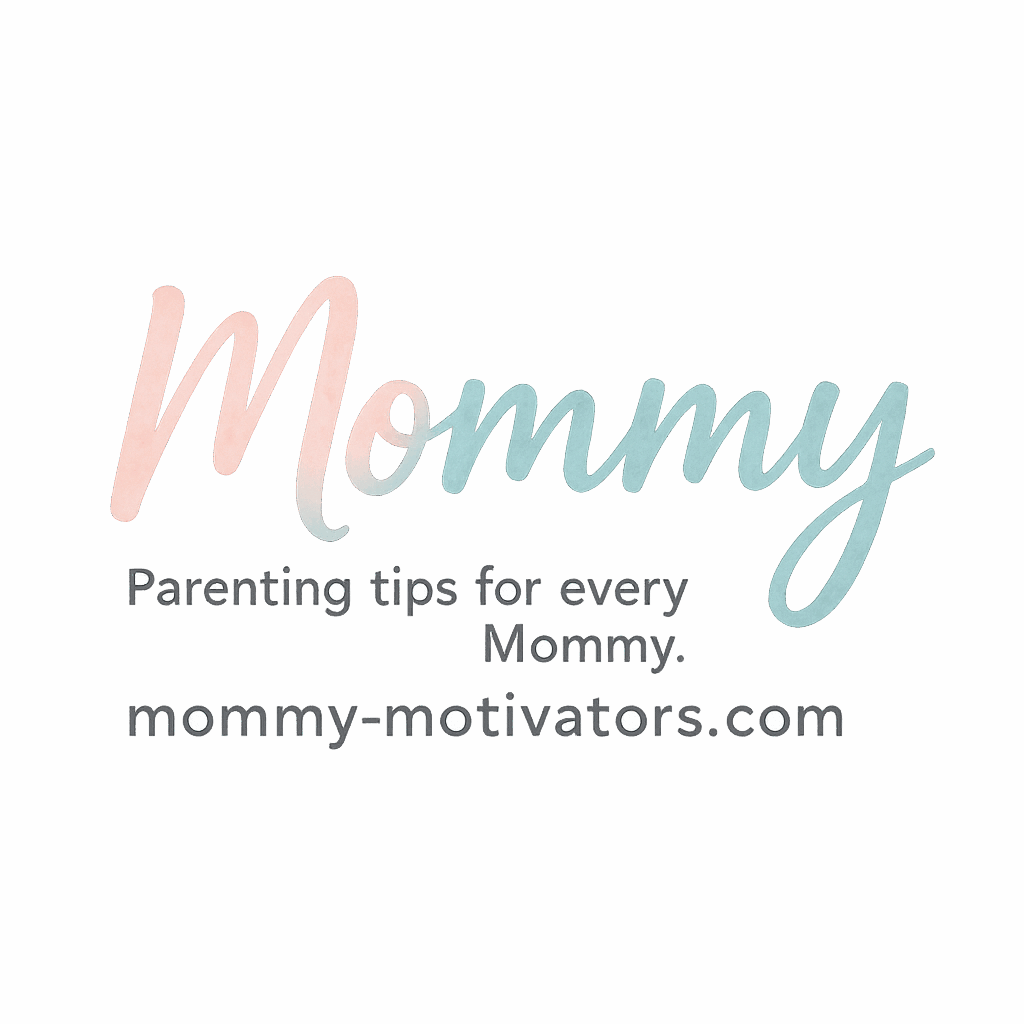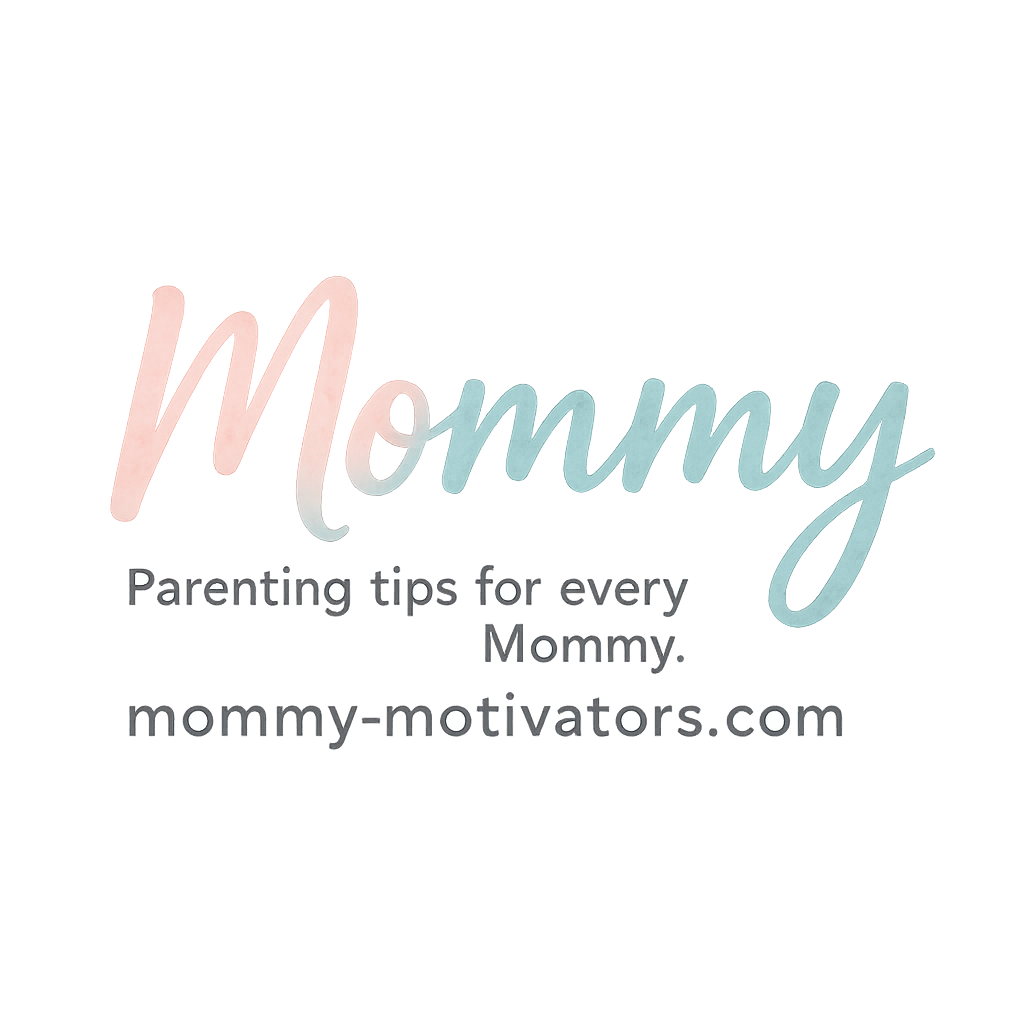Have you ever found yourself saying, “If only there was a system that actually helped my child behave better without the endless battles”? You’re not alone, mama. Creating a reward-based behavior system can feel like magic—when it’s done right.
In this post, we’ll dive into six easy-to-use charts that help you turn tantrums into teamwork, chaos into calm, and “uh-oh” into “I did it!” Let’s explore how these systems support positive parenting and behavioral growth, all while preserving your sanity.
Why Reward-Based Behavior Systems Work Wonders
Understanding Positive Reinforcement
Kids thrive on attention. When that attention is used to highlight good choices, amazing things can happen. Positive reinforcement encourages repetition of desired behaviors—without resorting to yelling or punishment.
How Rewards Can Shape Behavior Over Time
Just like we work for paychecks or look forward to dessert after dinner, children work well with clear, achievable goals and a “what’s in it for me” motivation. Rewards create structure, predictability, and celebration around good behavior.
If you’re interested in positive strategies, be sure to check out our post on Discipline and Behavior Tips for more actionable advice.
Setting the Foundation for Success
Before diving into charts, let’s get one thing straight—you can’t out-chart inconsistency or unclear expectations.
Know Your Child’s Triggers and Motivators
Start by observing what causes behavior flare-ups and what truly motivates your child. Is it screen time? Extra bedtime stories? A trip to the park? Customizing rewards makes the system much more effective.
Consistency Is Key
If you’re only using the chart sporadically, it loses its power. Stick to your system daily, even when life gets busy (which we know it will!).
How to Keep It Age-Appropriate
A 3-year-old needs different goals than a 9-year-old. Tailor the behavior system based on your child’s comprehension level, attention span, and emotional development stage.
For advice tailored to different developmental stages, visit our Learning & Development Advice hub.

Chart 1: Classic Sticker Chart
How It Works
This oldie but goodie is still one of the best reward-based behavior systems out there. Your child earns a sticker for every completed task or good behavior.
Ideal For Younger Kids
Toddlers and preschoolers respond wonderfully to visual markers like stars and smiley face stickers.
Reward Examples
- 10 stickers = extra 15 minutes of play
- 20 stickers = choose dinner
- 30 stickers = mini toy surprise
Explore more resources for new parents at our New Mommy Basics page.
Chart 2: Token Economy System
Breaking Down the Method
This chart mimics real-world economics. Kids earn tokens (coins, marbles, etc.) for good behavior. Later, they can trade tokens for rewards.
Make It Tangible
Use a container or jar so kids can physically see their progress.
Exchange Options
- 5 tokens = screen time
- 10 tokens = pick a movie
- 25 tokens = new coloring book
This system also builds lessons in responsibility. Check out our Responsibility tag for related content.
Chart 3: Responsibility Chart
Teaching Ownership and Accountability
Unlike sticker charts that focus on singular actions, this one emphasizes roles. It’s great for older kids or families with multiple children.
Daily and Weekly Task Ideas
- Making the bed
- Helping with dinner
- Packing school bags
Children love feeling like valued team members. Learn more about routines at Daily Routines & Habits.
Chart 4: Behavior Thermometer
Visualizing Emotional Regulation
The behavior thermometer tracks emotions throughout the day. Think of it like a mood ring with a purpose. Kids “check-in” and identify where they are emotionally.
Ideal for Emotional Development
- Green = Calm
- Yellow = Frustrated
- Red = Upset
As they improve at self-regulating, you can reward time spent in the green zone.
Want more ideas for nurturing emotional growth? Explore the Emotional Development tag.
Chart 5: Punch Card Reward System
Gamifying Good Behavior
Create a punch card—just like a coffee shop loyalty card. Every time your child follows through with a target behavior, punch the card.
Creative Reward Ideas
- Fill one card = Ice cream trip
- Fill three cards = Sleepover or picnic
This one’s perfect for reluctant rule-followers! Browse more on Reluctant Readers to support different learning styles.
Chart 6: Goal Tracker Chart
Long-Term Focus and Habit Formation
Think big picture. Use this chart for monthly goals like improving bedtime routines or being kind to siblings.
Build Daily Routines That Stick
Daily check-ins build the habit, while monthly checkmarks track long-term progress. Link to Growth goals and habit-building tips.
Pair this with Mommy Self-Care & Mental Health, because parenting is a marathon—not a sprint.
Integrating Charts Into Daily Life
Family Meetings and Check-Ins
Make chart discussions part of your daily routine. It builds communication, connection, and consistency.
Celebrating Success Without Overdoing It
Rewards don’t always need to be material. Verbal praise, hugs, or quality time go a long way. Check out our Self-Care and Stress Relief resources for moms too!
Conclusion: Empowering Mommy and Child Through Positive Systems
Mama, you’ve got this! These reward-based behavior systems aren’t just about managing meltdowns—they’re about building a positive, connected relationship with your child. Each chart offers a new opportunity to teach life skills, build trust, and celebrate growth.
Start small. Stay consistent. And don’t forget to celebrate your wins too!
For more parenting wisdom, tools, and encouragement, visit Mommy Motivators—your one-stop space for all things mommyhood.
FAQs
1. What age is best to start using a reward-based behavior system?
You can begin around age 2 or 3, adjusting the system as your child grows.
2. Are physical rewards necessary, or is praise enough?
Praise is powerful! But combining it with tangible rewards can be extra motivating, especially at first.
3. What if my child stops responding to the chart?
Switch it up. Kids evolve, and so should the system. Try a new chart or change the rewards.
4. Can I use more than one chart at a time?
Yes! Just make sure it doesn’t become overwhelming. Many parents combine a behavior chart with a routine tracker.
5. Are behavior charts useful for kids with ADHD or sensory issues?
Absolutely. Charts provide structure and predictability. Just adapt them to your child’s needs.
6. Should I take away stickers or tokens for bad behavior?
Ideally, focus on positive reinforcement. But natural consequences and logical discussions still play a role.
7. How do I get started if I’m totally new to this?
Pick one chart, one behavior, and one reward. Keep it simple and build from there. Visit New Mommy Basics for step-by-step support.


